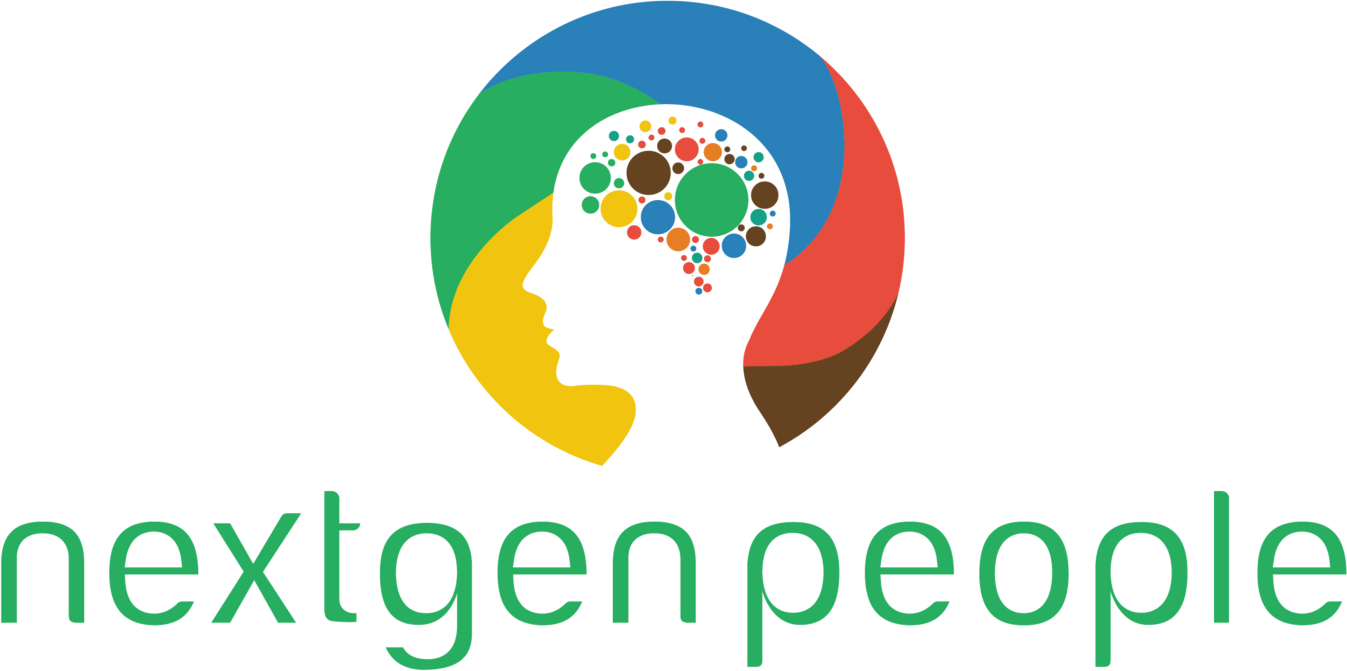AI for HR Series Part 1: Talent Acquisition
Good day!
We are continuing our conversation on AI in human resources, specifically focusing on talent acquisition. Over the last few weeks, we have explored various AI solutions across different segments of HR, but for now, our focus remains on talent acquisition (TA).
I’ve been receiving questions regarding brands to associate with, but I want to clarify that I’m not making brand recommendations in this forum. However, I will discuss the pros and cons of AI solutions in general—whether it makes sense to use these solutions from a broader perspective. If you’d like to talk more specifically about your organization, what tools and brands might make sense, we can discuss that separately.
So far, we’ve discussed the difference between data-driven and data-informed decision-making organizations. We've also covered the use of AI in hiring, including bots for sourcing candidates. Additionally, we’ve talked about the pros and cons of using AI to screen candidates and conduct video interviews.
Today, we are focusing specifically on the pros and cons of using AI to develop job descriptions. At first, I wasn’t going to discuss this topic, as it feels like one of the earliest and most widely used AI applications. However, I understand there are still some organizations and individuals wondering about the best approach, and whether it makes sense to use AI for job descriptions at all. So, I figured it’s better to address this and help a few, rather than leave people with unanswered questions.
Cons of Using AI for Job Descriptions:
Lack of Personality
Anytime you rely on AI, there’s bound to be a lack of personal touch. AI-generated job descriptions often lack the personality that reflects your organization's culture. My hope is that you won’t simply generate a job description and leave it as is—you’ll want to review, tweak, and customize it to ensure it fits the tone and personality of your company.Overreliance on Data
AI is great for pulling from data-driven best practices, but we need to remember that while data is important, context matters just as much. Ensure that your job descriptions align with the culture and specific needs of your organization, rather than simply reflecting generic data trends.Generic Output
AI can produce content that’s too generic. Candidates may look at multiple job descriptions, and if yours doesn’t stand out or clearly communicate what makes your company different, you risk losing their interest. Make sure your job descriptions are customized to highlight why a candidate should want to work for your organization.Misinterpretation
As with any AI application, the output is only as good as the input. Poorly written prompts can lead to misinterpretations and errors. This means you’ll need to stay vigilant in reviewing AI-generated job descriptions for accuracy and relevancy.Technical Glitches
AI tools aren’t perfect. There can be technical glitches, and ongoing maintenance is required to ensure the descriptions remain accurate and up-to-date. Job descriptions aren’t evergreen, so you’ll need to regularly review and update them as your organization evolves.
Pros of Using AI for Job Descriptions:
Consistency and Standardization
AI can help you maintain consistency and standardization across all your job descriptions, reinforcing your brand’s story to the public. Consistency also helps present a cohesive image of your company across different job postings.Efficiency
One of the biggest benefits of using AI is efficiency. AI allows you to produce job descriptions much faster, saving valuable time.Optimization for Job Boards
Different job boards have different styles and requirements. AI can help tailor job descriptions to meet those specific needs, ensuring your postings are optimized for each platform.Improved Language
Not everyone writes like Shakespeare. AI can help those who may struggle with writing to craft clear and professional job descriptions.Data Insights
AI can offer data-driven insights that you may not have thought to include, enriching the content of your job descriptions with valuable, relevant information.
I hope this breakdown helps you understand when and how to use AI for developing job descriptions. If you found this useful, feel free to like and share with others.
Have a great day!

